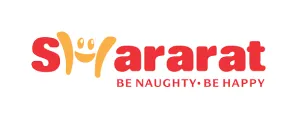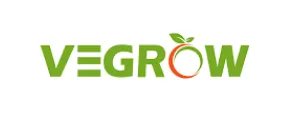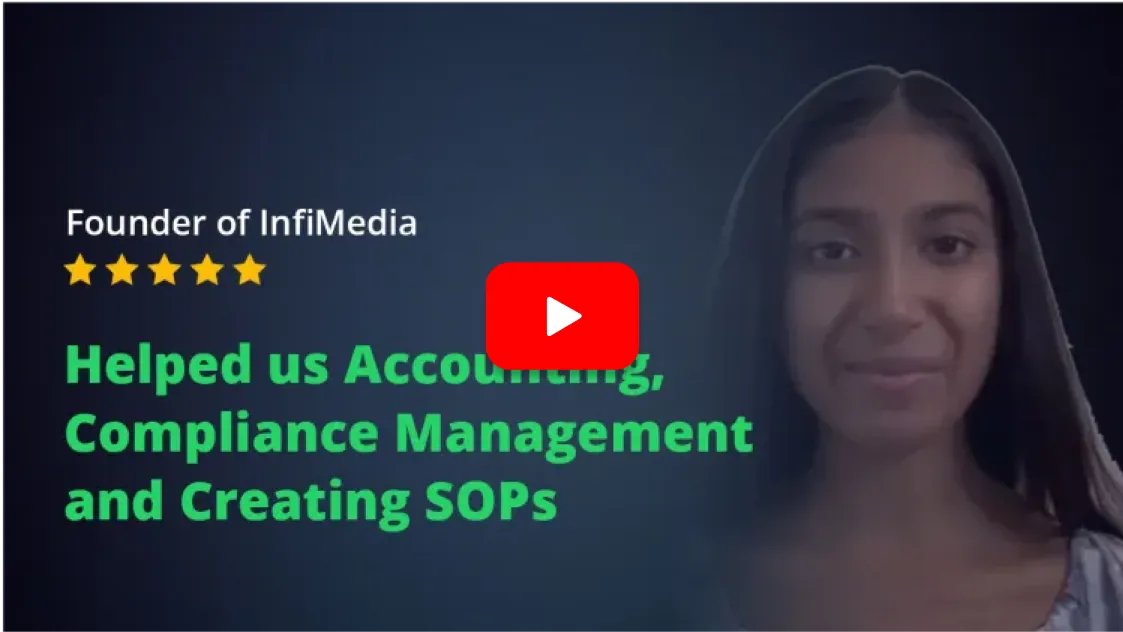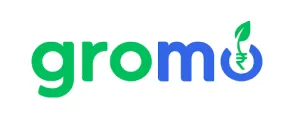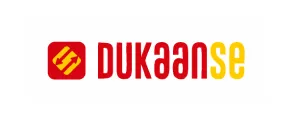Dealing with trademark objections is a really important part when you're trying to get a trademark. It acts as a key step in the process. When you apply for a trademark, there might be objections. These objections come up when the examiners of the trademark find something that doesn't match their rules for certain products. Dealing with this needs care as you have to answer their questions very properly and to the point or they might say no to your application.
In India, a trademark is a right that helps protect your ideas. The laws in the Trademark Act of 1999 cover a few things like keeping your trademark safe, getting it officially recognised and handling objections with the government's help.
Understanding Trademark Objection
Causes of Trademark Objection
Trademark registration is important for safeguarding a brand's identity and its intellectual property. Yet, within this process, the notion of trademark objection can arise, leading to a more thorough evaluation of the application.
Trademark objections can originate from various sources, primarily from the public, trademark examiners, or other concerned third parties. These objections typically occur in the initial stages of the trademark registration process. It is important to note that an objection does not result in immediate rejection; instead, it signifies a need for further clarification or verification regarding the trademark's legitimacy.
Public interest plays a significant role in trademark objection, and there are two primary scenarios in which the public or third parties can raise objections to the registration of a trademark:
- Objection Upon Publication in the Trademark Journal: Trademarks become susceptible to public scrutiny when they are published in the Trademark Journal. At this stage, individuals or organisations may raise objections if they believe the trademark poses a conflict of interest or for other pertinent reasons.
- Objection When the Applicant Uses the Mark Prior to Registration: If an applicant starts using a trademark before it is officially registered, third parties or the public can object to this use if they have valid concerns or reasons to do so.
Responding to Trademark Objections
Upon receiving an objection, the applicant is required to submit a comprehensive objection reply within a specific timeframe, usually within a month or the period prescribed by relevant authorities. This reply should address the concerns raised and provide the necessary clarifications or evidence to support the legitimacy of the trademark. Responding promptly and effectively to objections is essential in ensuring a smooth and successful trademark registration process.
Common Reasons for Trademark Objections
- Incorrect Form Submission:
If the applicant submits the trademark registration application using an inappropriate form, the examiner may object to the submission.
- Incorrect Applicant Name:
The examiner verifies the accuracy of the applicant's name, which should closely match the name provided in the Permanent Account Number (PAN) records. It is advisable to double-check the name's spelling to avoid discrepancies.
- Usage of Deceptive Words:
Deceptive or misleading terms used in a trademark name or logo that provide false descriptions about the associated product can lead to rejection.
- Inclusion of Offensive Terms:
Trademarks containing offensive or inappropriate terms may be subject to objection and potential rejection.
- Insufficient Information on Goods or Services:
If the trademark application lacks essential information about the goods or services it intends to cover, the examiner may raise an objection based on this deficiency.
- Identical or Similar Logo Already Registered:
When the proposed trademark closely resembles or is identical to a logo that is already registered, the examiner may object on the grounds that it could lead to confusion among consumers.
- Impact on Sentiments Attached to Religion:
Trademark registration applications that affect the religious sentiments of a community or group may face objections.
- Lack of Distinctiveness:
A trademark must be inherently distinctive or have acquired distinctiveness through usage. Objections can arise if the mark lacks distinctiveness or closely resembles other trademarks.
- Arbitrary Specification of Goods and Services:
Objections may arise if the specification of goods and services in the application is arbitrary or not adequately defined.
- Non-Adherence to NICE Class Heading:
If the trademark specification does not properly adhere to the NICE Class heading provided by the Registry, objections can be raised.
- Incomplete or Inaccurate Description:
Trademark applications with incomplete or inaccurate descriptions can face objections.
- Wrong Classification of Trademark Class:
If the trademark is classified under the wrong class, objections can be raised.
- Phonetic Similarity:
Objections may occur if the applied trademark is phonetically similar to an existing trademark registered with the Registry.
- Visual Similarity:
If there are visual resemblances in the design, pattern, fonts or colour combinations of the trademark, objections can be raised.
Absolute Grounds of Rejection of a Trademark Registration Application
Certain absolute grounds can lead to the rejection of a trademark registration application, meaning that no amount of argument or evidence can overcome these issues. These grounds are specified in trademark laws and regulations and include:
- Lack of Distinctiveness:
The mark is not capable of distinguishing the goods or services of one person from those of another, making it too generic or descriptive to function as a trademark.
- Prohibited Use under the Emblems and Names Act:
The use of a word or mark that is prohibited under the Emblems and Names (Prevention of Improper Use) Act, 1950, which restricts the use of certain emblems and names.
- Customary Language or Trade Practice:
The mark consists of marks or indications that have become customary in the current language or in the bona fide and established practice of the trade and thus cannot serve as a distinctive trademark.
- Deceptive or Confusing Nature:
The mark is of such a nature that it is likely to deceive the public or cause confusion about the origin of the goods or services.
- Religious Sensibilities:
The matter in the trademark is likely to hurt the religious susceptibilities of any class or section of the citizens of India.
- Scandalous or Obscene Matter:
The trademark pertains to scandalous or obscene matter, which is generally not considered suitable for trademark registration.
- Descriptive Characteristics:
The mark relates to the kind, quality, quantity, intended purpose, value, geographical origin, time of production of goods, rendering of services or other characteristics of the goods or services. This makes it too descriptive to be registered.
It's important to note that these are absolute grounds and typically, no amount of argument or evidence can overcome them. To avoid rejection based on these grounds, applicants should carefully choose and craft their trademarks in line with the requirements of trademark laws and regulations.
Types of Trademark Objections
Objections to trademark can occur for various reasons and they are categorised into different types. Given below are the common types of these objections:
- Objection under Section 11:
This objection is raised based on the principle of similarity. The trademark examiner objects if there is an existing trademark that is similar to the one being applied for.
- Objection under Section 9:
This objection arises when the proposed trademark includes a common name, a geographical name, or a location, making it ineligible for registration.
- Objection under TM-1:
TM-1 objections are related to errors or inaccuracies in the trademark application itself. These errors may pertain to details such as the trademark's design, description, or other application-related information.
- Objection Related to Class Description:
This type of objection is raised when the trademark application lacks a proper or accurate description of the goods or services it intends to cover or if an incorrect class is specified.
- Objection Related to Power of Attorney:
If a power of attorney is involved in the trademark application process, the trademark examiner may raise an objection if there are inaccuracies or discrepancies in the information provided in the power of attorney document.
- Objection over Applicant Details:
This objection usually pertains to discrepancies or inaccuracies in the details of the trademark applicant, like name, address, or other contact information.
Documents Required for Trademark Objection Response
When preparing a response to the objection, various documents and evidence may be necessary to support your case. The specific documents required can vary depending on the nature of the objection and the arguments you wish to present. Given below are some common types of documents that may be useful in addressing the objection:
- Advertisement Copy:
Copies of advertisements that feature the trademark. These can be used to demonstrate the actual use and promotion of the trademark in commerce.
- Product Images:
Photographs or images of the products or services associated with the trademark. This visual evidence can help establish the distinctiveness and uniqueness of your offerings.
- Sales Invoices:
Copies of sales invoices or receipts that show transactions involving the products or services associated with the trademark. These documents can demonstrate the commercial use of the mark.
- Domain Registration Copy:
If the trademark is used online, a copy of the domain registration can be valuable. It shows the online presence and usage of the mark.
- Website Screenshot:
Screenshots of webpages that prominently feature the trademark. This visual evidence can be useful in demonstrating how the trademark is used in an online context.
It's important to select and submit documents that directly support your arguments and address the specific objections raised. The goal is to provide clear and convincing evidence that demonstrates the distinctiveness, uniqueness, and genuine use of your trademark. The exact documents you need may vary based on your specific case, so it's advisable to consult with a trademark expert like StartupFino for guidance in assembling the most appropriate evidence for your response.
Procedure for Responding to Trademark Objection
When an objection on trademark is raised, it is essential for the applicant to take specific actions to address the objection raised. Given below are the steps to follow:
- Receipt of Trademark Objection:
Upon receiving a notice of objection, the applicant should carefully review the grounds for objection, paying attention to detail to ensure a complete understanding of the issue.
- Objection Reply:
The applicant is required to respond to the objection by filing a counter statement. This response should be well-prepared and include relevant supporting documentation. Key elements of the objection reply include:
- An affidavit detailing the usage of the trademark.
- Evidence of advertisements in the media featuring the trademark.
- Proof of the trademark's availability online.
This comprehensive reply, along with supporting documents, should be submitted through the Trademark e-filing portal online.
- Hearing:
After receiving the objection reply, the authority responsible for trademark registration will evaluate it. They may either approve the reply, allowing the registration process to continue or reject it. If the authority seeks further clarification, a trademark hearing will be scheduled. The applicant will be notified of the hearing through an official hearing notice.
- Trademark Journal:
If, following the hearing, the trademark is accepted and granted, it will be published in the Trademark Journal. This step signifies that the trademark has passed the objection phase successfully. However, if the trademark is rejected during the hearing, the authority will issue a refusal order, briefly stating the reason for the rejection.
- Review Petition:
If an application is refused, the applicant has the choice to submit a review petition within 30 days of getting the refusal order. This petition must specify the reasons why the applicant thinks the order should be reconsidered.
- Registration:
Once the trademark is published in the Trademark Journal, it remains open for a period of four months to allow for opposition. If no opposition is received during this period, the trademark proceeds towards registration. A registration certificate is then issued, which contains the registered logo along with the class in which it is registered.
Understanding and following these steps diligently is vital for applicants facing objections to their trademark. It ensures a clear approach to resolving objections and ultimately achieving the successful registration of their trademarks.
Addressing a "Trademark Registration Application Objected" Status
When you face a "Trademark Registration Application Objected" status, it's essential to take prompt and effective actions to resolve the objections. Given below are the steps answering what to do:
- Consult a Trademark Expert:
Seek the assistance of a reputable trademark expert or consultancy like StartupFino. Our expertise can be invaluable in dealing with the objection process successfully. We can provide insights and guidance on how to proceed.
- Review the Examination Report:
Obtain and thoroughly examine the examination report associated with your trademark application. Understanding the specific objections raised is important.
- Respond to Objections:
Draft a properly written response to the objections within 30 days from the date of receipt. Failing to do so within this timeframe may result in the application being considered abandoned. Ensure that your response addresses each objection comprehensively.
- Clearly Articulate Reasons:
In your reply, clearly explain why the objections are not justifiable. Provide strong and precise arguments that establish the distinctiveness and eligibility of your trademark for registration. Back your arguments with supporting evidence and legal references, if applicable.
Next Steps After Filing a Trademark Objection Response
Once you've submitted your reply in response to objection on trademark, the process continues with further actions. Given below are the steps for what to do after filing an objection response:
- Await Registrar's Response:
After your reply is submitted, the Registrar will review it and respond. They will either accept the trademark, indicating a successful resolution of the objection or they may decide to proceed with a hearing.
- Prepare for a Hearing (if necessary):
If a hearing date is scheduled by the Registrar, it's important to be well-prepared. Hiring a trademark consultant with expertise like at StartupFino in handling trademark objections is advisable. They will represent your interests and present a strong case before the authority. Having professional representation can significantly improve your chances of a favourable outcome.
- Seek Expert Assistance:
Consider reaching out to experienced professionals or consultancy firms specialising in trademark matters. Our expertise can provide valuable insights and guidance throughout the objection resolution process.
Why Choose StartupFino for Trademark Objection?
StartupFino is a company that specializes in offering complete Trademark Objection services. We're here to assist you every step of the way, right from offering guidance during the initial phase to making sure you fulfill all the essential requirements and comply with regulations after your registration is complete.
Dealing with objections on trademark can be a complex process, and adhering to the steps mentioned above can significantly increase your chances of successfully resolving objections and achieving the desired trademark registration. Thus, effectively responding to trademark objections and participating in a hearing if needed with expert assistance can be necessary in securing your trademark registration and protecting your intellectual property.










